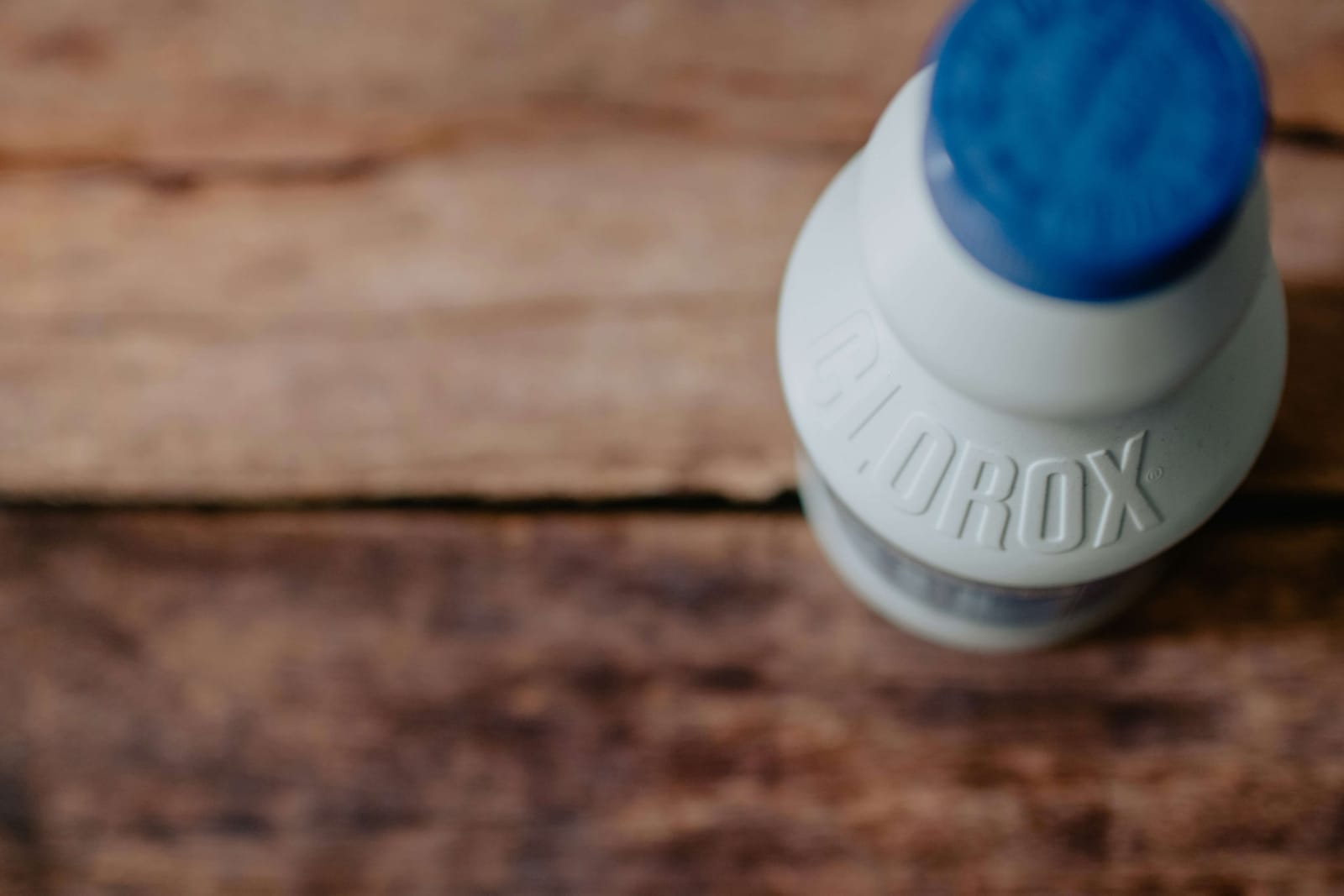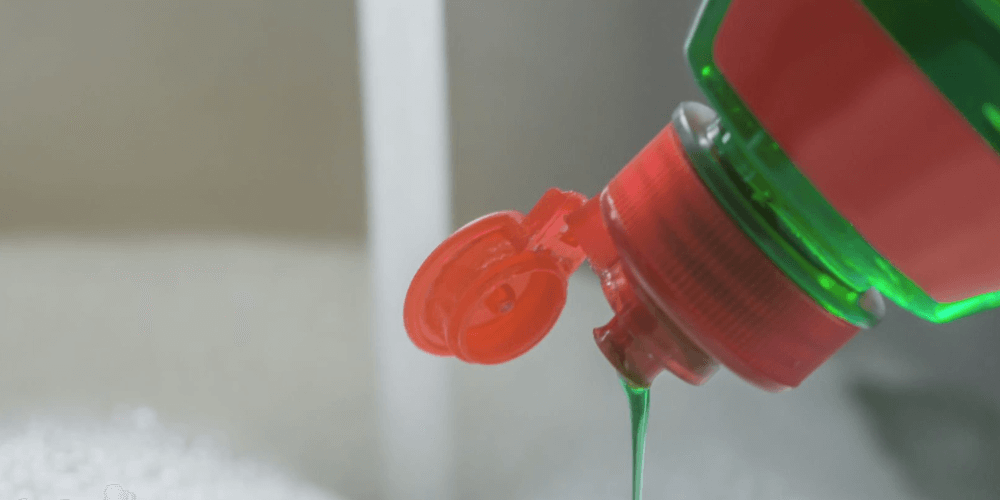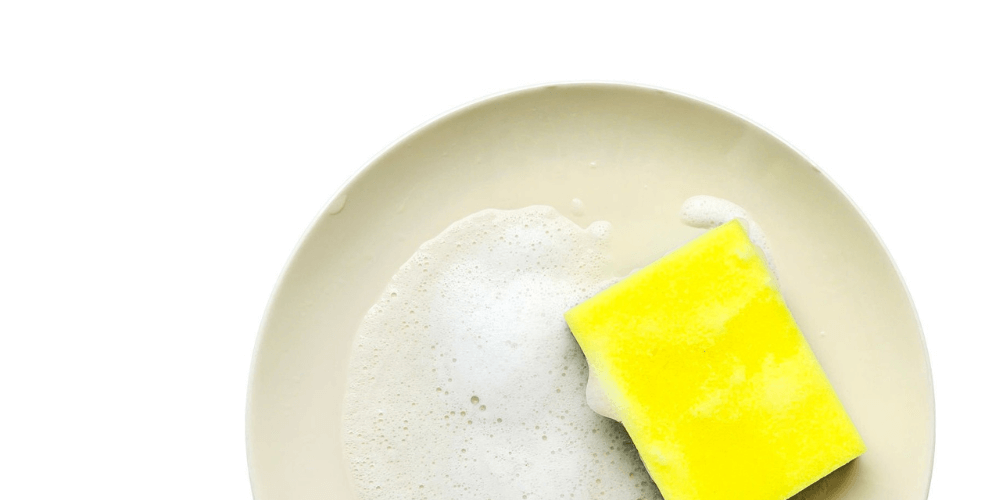Beeswax wraps have become a go-to solution for eco-conscious households looking to reduce plastic waste. Known for their flexibility, breathability, and reusability, these wraps are perfect for storing fresh produce and leftovers. But can you safely use them in the freezer without compromising their effectiveness? The answer is yes—but with a few precautions. This guide will walk you through how to freeze food using beeswax wraps, which foods work best, and tips for maintaining their durability.
1. How Beeswax Wraps Perform in Freezing Temperatures
Beeswax wraps are designed to create a breathable barrier that helps maintain the freshness of food by allowing air circulation while keeping moisture levels balanced. But when placed in the freezer, their behavior changes due to the impact of extreme cold on the wax coating.
- Flexibility: In freezing temperatures, beeswax becomes less pliable and may harden, but it will regain its flexibility once removed from the freezer and brought back to room temperature.
- Insulation: The natural wax and cotton combination provide a layer of insulation that protects food from freezer burn, a common issue with improper storage.
- Breathability: While beeswax wraps retain some breathability, the cold environment significantly slows down airflow, making them ideal for short-term freezing.
2. Best Foods to Freeze with Beeswax Wraps
Not all foods are suited for freezing with beeswax wraps. To maximize their effectiveness, focus on foods that benefit from minimal moisture loss and protection against freezer burn.
Ideal Foods for Freezing:
- Breads and Baked Goods: Wrap loaves of bread, muffins, and pastries to preserve their texture and flavor.
- Fruits (Pre-cut or Whole): Berries, bananas, and apple slices work well in beeswax wraps, as they are less prone to moisture damage.
- Vegetables (Blanched): Broccoli, carrots, and green beans can be frozen in beeswax wraps after blanching to retain their freshness.
- Cheese: Hard and semi-hard cheeses freeze well without losing their texture when wrapped properly.
Foods to Avoid Freezing with Beeswax Wraps:
- Raw Meat or Fish: The wraps may absorb juices, leading to contamination and difficulty in cleaning.
- High-Moisture Foods (e.g., Soups and Sauces): The breathability of beeswax wraps makes them less effective for liquids that can leak or create ice crystals.
- Leafy Greens: These can lose their texture and wilt after freezing.
3. Freezing Techniques: How to Use Beeswax Wraps Effectively
Freezing food with beeswax wraps requires proper wrapping techniques to ensure the food stays fresh and the wraps remain in good condition.
Step-by-Step Freezing Guide:
- Select the Right Size Wrap: Choose a wrap that fully covers the item without stretching or leaving gaps.
- Wrap Tightly: Place the food in the center of the wrap and fold the edges tightly around it. Use the warmth of your hands to mold the wax and create a secure seal.
- Double Layer for Extra Protection: For items prone to freezer burn, consider using two wraps or placing the wrapped item inside a freezer-safe container.
- Label the Wrap: Use a marker or adhesive label to note the date and contents, ensuring you track how long the food has been stored.
- Avoid Overcrowding: Leave enough space between wrapped items in the freezer for optimal air circulation and even freezing.
4. Dos and Don’ts of Freezing with Beeswax Wraps
To maximize the longevity of your beeswax wraps and prevent damage, follow these best practices:
Dos:
- Do Pre-chill Foods: Before wrapping, chill foods in the refrigerator to prevent condensation, which can weaken the wax coating.
- Do Check for Tears: Inspect the wraps for any damage before using them in the freezer to ensure a proper seal.
- Do Limit Freezing Time: Aim to use beeswax wraps for short-term freezing (1-3 months) to maintain food quality and wrap integrity.
Don’ts:
- Don’t Freeze Raw Meats: Beeswax wraps are not suitable for direct contact with raw meat due to contamination risks.
- Don’t Use Hot Foods: Allow cooked items to cool completely before wrapping, as heat can melt or damage the wax coating.
- Don’t Wash with Hot Water After Freezing: The wax coating may be more brittle after freezing, so always wash wraps with cool water and mild soap.
5. Potential Issues and How to Fix Them
While beeswax wraps are a versatile freezing option, they may encounter some common issues in the freezer. Here’s how to address them:
- Cracking or Brittle Wraps: If your wraps become stiff or develop cracks after freezing, bring them to room temperature before using them again. Rewaxing the wraps can help restore their flexibility.
- Loss of Stickiness: Extended use in the freezer may cause the wraps to lose their tackiness. To fix this, gently warm them between your hands or consider rewaxing.
- Ice Crystal Formation: If you notice ice crystals forming on the food, ensure you are wrapping tightly and consider adding a secondary layer.
6. How to Maintain Beeswax Wraps Used in Freezing
Proper maintenance of beeswax wraps is essential to prolong their lifespan, especially after exposure to freezing temperatures.
- Clean with Care: Always rinse wraps in cool water with mild soap to prevent damaging the wax layer.
- Air Dry Completely: Allow wraps to air dry completely before storing them to avoid moisture buildup.
- Rewax as Needed: Over time, you may need to reapply a layer of melted beeswax and resin to maintain the wraps’ effectiveness.
- Store in a Cool Place: Keep wraps away from direct sunlight and heat sources to prevent premature wear.
7. Environmental Benefits of Freezing with Beeswax Wraps
Using beeswax wraps for freezing isn’t just convenient—it’s also environmentally friendly. Here’s how:
- Reduces Plastic Waste: Every time you choose beeswax wraps over single-use plastic, you’re contributing to a reduction in landfill waste.
- Reusable and Compostable: Beeswax wraps can be used for up to a year and composted at the end of their life.
- Sustainable Materials: Made from natural resources like beeswax and organic cotton, these wraps are a step toward sustainable living.
Final Thoughts
Beeswax wraps are a versatile and sustainable option for short-term freezing when used correctly. By selecting the right foods, following proper wrapping techniques, and maintaining the wraps with care, you can extend their life and reduce plastic waste in your kitchen. Whether you’re freezing a loaf of bread or a batch of berries, beeswax wraps provide a natural and eco-friendly solution for preserving food.



